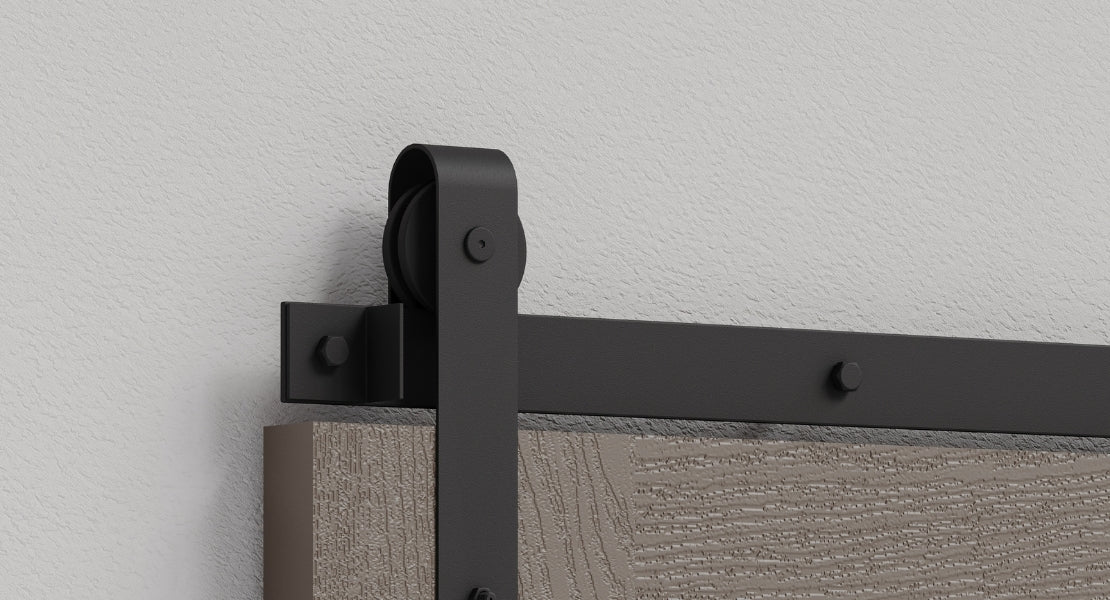
Unlock Your Home's Potential: A Guide to Sliding Door Hardware
Sliding doors offer a sleek, space-saving solution for homes and businesses alike. But to truly maximize their functionality and aesthetic appeal, you need the right hardware. In this comprehensive guide, we'll delve into the world of sliding door hardware, exploring different types, installation tips, and how to choose the perfect hardware for your needs.
Understanding Sliding Door Hardware
Sliding door hardware encompasses a range of components that enable smooth and secure door operation. These typically include:
- Rollers: The foundation of the system, responsible for carrying the door's weight.
- Tracks: The rails on which the rollers move.
- Hangers: Connect the door to the rollers.
- Stoppers: Prevent the door from swinging open too far.
- Floor guides: Keep the door aligned and prevent it from derailing.
Types of Sliding Door Hardware
Choosing the right hardware depends on factors such as door weight, desired functionality, and aesthetic preferences. Here are some common types:
- Traditional sliding barn door hardware: Adds a rustic charm to both interior and exterior spaces.
- Bypass sliding barn door hardware: Ideal for interior doors, this system allows two doors to slide past each other.
- Shower door hardware: Designed for wet environments, offering various styles and configurations.
- Pocket door hardware: Conceals the door within the wall for a space-saving solution.
Choosing the Right Sliding Door Hardware
Consider the following factors when selecting hardware:
- Door weight: Ensure the hardware can support the door's weight.
- Door thickness: Choose hardware compatible with your door's thickness.
- Desired functionality: Determine if you need a traditional, bypass, shower, or pocket door system.
- Aesthetic preferences: Select hardware that complements your interior design.
Installation Tips
Proper installation is crucial for the smooth operation of your sliding door. Here are some general tips:
- Measure accurately: Ensure precise measurements for the door, track, and hardware components.
- Prepare the opening: Clear the area and create a level surface for the track.
- Follow instructions: Adhere to the manufacturer's guidelines for installation.
- Test the door: Once installed, test the door's movement for smoothness and safety.
Maintenance and Care
Regular maintenance ensures your sliding door hardware continues to function optimally.
- Clean regularly: Remove dust and debris from rollers and tracks.
- Lubricate rollers: Apply a light lubricant to prevent friction.
- Tighten screws: Periodically check and tighten loose screws.
Conclusion
Sliding door hardware plays a vital role in enhancing both the functionality and aesthetics of your space. By understanding the different types, considering your specific needs, and following proper installation and maintenance practices, you can enjoy the benefits of smooth-operating sliding doors for years to come.


